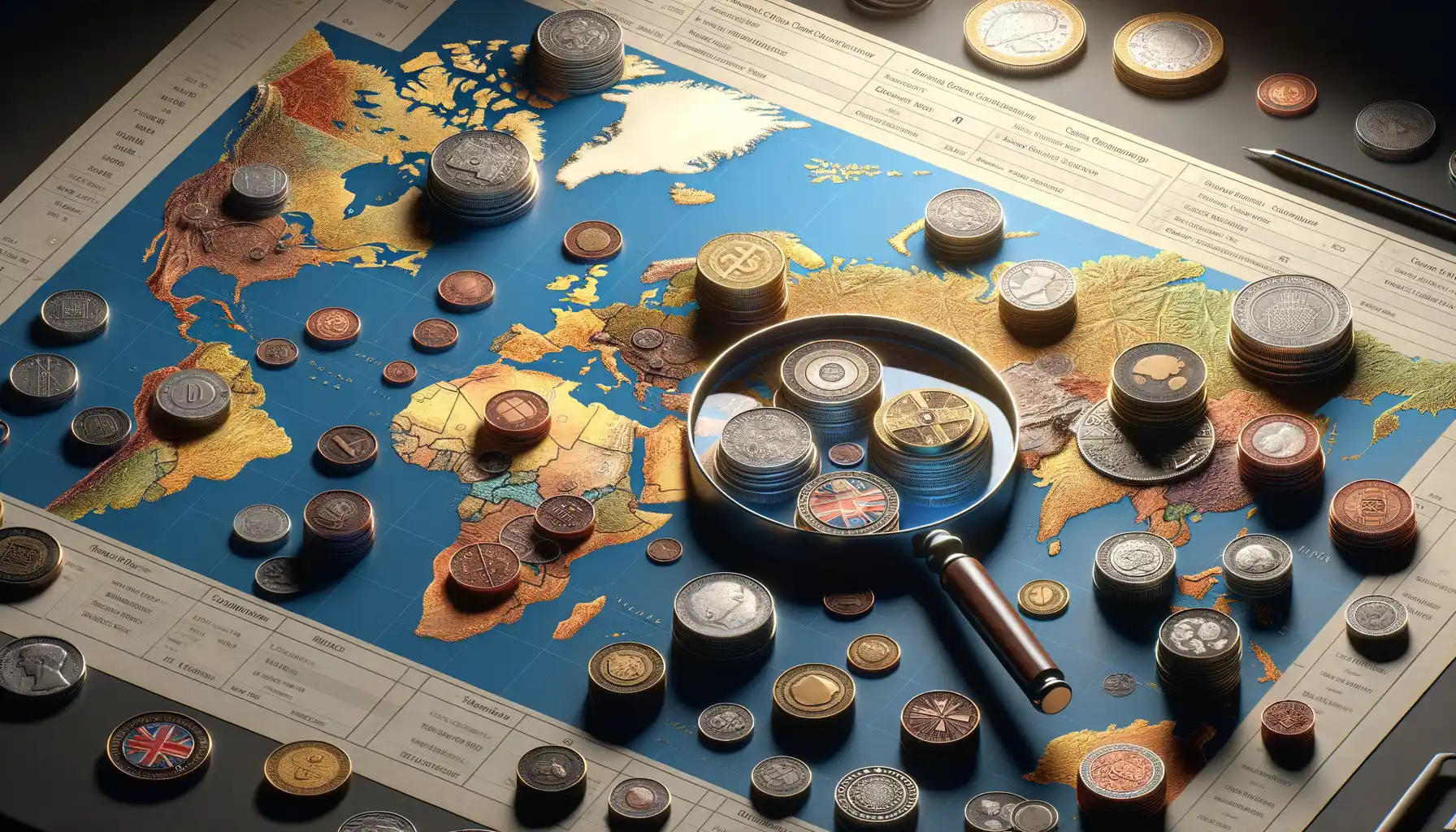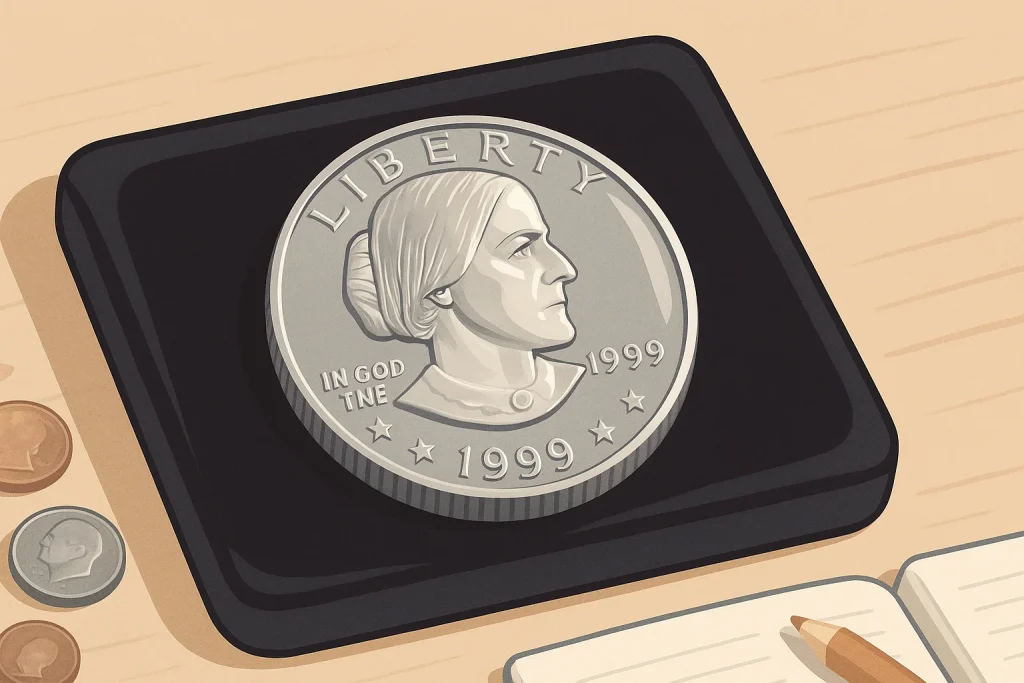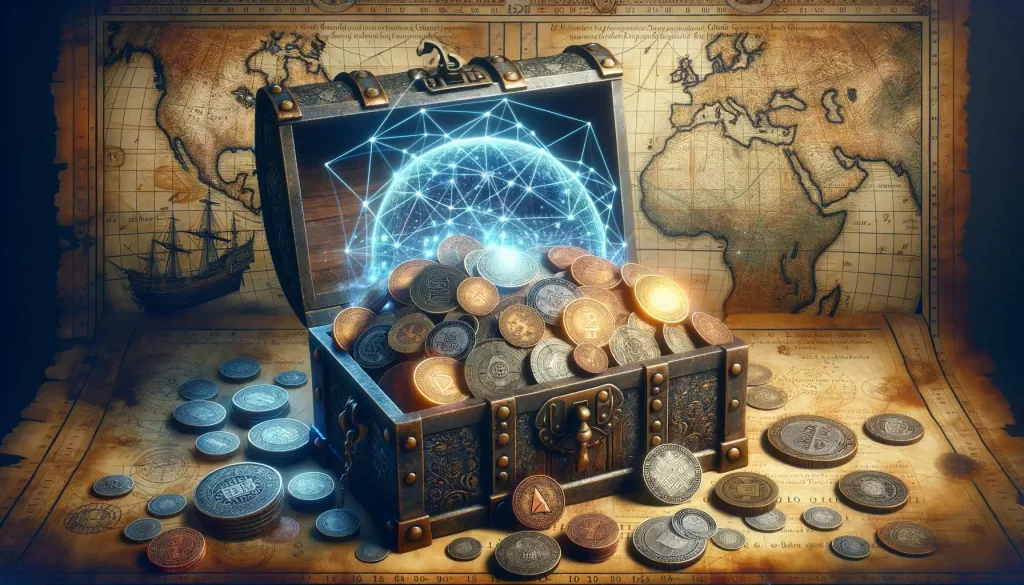Understanding Geo-Tagging and Its Relevance to Coin Collecting
What Exactly is Geo-Tagging?
Ever found yourself staring at a coin in your collection and thinking, “Where on earth did I pick this up?” That’s where geo-tagging swoops in as your memory’s superhero. At its core, geo-tagging is the process of attaching geographical information to an item—like sticking an invisible pin on a map. The concept has been popular with photographers and travelers for years, but who says collectors can’t join the fun?
For coin enthusiasts, geo-tagging gives each piece in your collection a personal story. That Roman denarius from a tiny market in Italy? Tag it. The vintage quarter you found while hiking through Yellowstone? Pin it. Each tag isn’t just data—it’s a ticket back to the moment and place where history landed in your hands.
Why Does It Matter for Coin Collectors Like You?
Imagine flipping through your collection, but instead of just seeing coins, you’re unlocking a world map filled with:
- Provenance details: Know precisely where every treasured coin came from.
- Trade insights: Trace patterns of where you’ve bought or sold coins.
- Shared stories: Impress fellow collectors with tales backed by real places.
Geo-tagging transforms your coin collection from static to dynamic—a blend of history, geography, and personal adventure. Every coin becomes much more than metal; it becomes a memory.
Key Benefits of Geo-Tagging Your Coin Collection

Bring Your Collection to Life with Storytelling
Imagine holding a coin in your hand and knowing not just its year and mint, but also the exact spot where you stumbled upon it or traded for it. That’s the magic of geo-tagging! By attaching location data to each coin, you’re weaving together stories that add depth and richness to your collection. It transforms your coins from static objects into pieces of history tied to specific places.
For example, let’s say you found a rare Victorian penny at a flea market in London. With geo-tagging, you can document that location forever. Every time you revisit your collection, it’s like flipping through a vivid travel diary, bringing back memories of cobblestone streets, bustling markets, and that eureka moment when you discovered a hidden gem.
Organize, Share, and Inspire
Geo-tagging isn’t just about nostalgia—it’s also a practical game-changer. Here’s how:
- Easy Organization: Sort your coins by country, city, or even the neighborhood where they were acquired. Forget chaotic spreadsheets—now every piece finds its place effortlessly.
- Exciting Sharing Opportunities: Let others trace your “coin trails!” Friends and fellow hobbyists will marvel at your collection’s global footprint.
- Inspiration for Future Hunts: Dreaming of expanding your collection? Look back at your geo-tags for motivation to explore new destinations or revisit favorite haunts.
Methods and Tools for Geo-Tagging Coins

Explore the Magic of Digital Mapping
What if every coin in your collection could tell its story—not just its age or origin, but where it’s been and how it ended up in your hands? That’s the power of geo-tagging! To start, there are a variety of tools available to bring this practice to life. Apps like GeoCoin Tracker allow you to pin coins on interactive maps, creating a digital footprint for each piece. If you’re more old-school, even a spreadsheet with fields for GPS coordinates can work wonders.
Some collectors prefer using tools like Google Earth to visually plot their treasures. Imagine zooming into your map and seeing a glimmering pin in Rome for your ancient denarius, or one in San Francisco for that precious gold dollar.
- Smartphone Geo-Tagging Apps: Snap a photo and automatically record the location. Easy as flipping a coin!
- Database Software: Many programs built for collections now incorporate mapping features alongside cataloging tools.
Geo-tagging bridges the gap between the tangible and the digital, transforming your collection into a living, breathing adventure across time and space.
Best Practices for Effective Geo-Tagging

Make Geo-Tagging a Seamless Part of Your Coin Collecting Routine
Imagine geo-tagging as the thread stitching your coin collection into a rich tapestry of history. To make this work beautifully, embrace a few best practices that will not only keep your collection organized but also deepen your connection to each piece.
First and foremost, choose tools you’ll actually use. Whether it’s an app like CoinSnap or a simple spreadsheet synced with Google Maps, the right tool is the one you don’t dread opening. Remember, complexity kills consistency!
Next, be meticulous with your details. When tagging, don’t just stop at the location—add meaningful notes. Where did you acquire that rare 1921 Morgan Silver Dollar? Who were you with? What made that moment special? These personal touches turn your database into a treasure chest of memories.
Geo-tagging isn’t just about mapping; it’s about storytelling. Each pin is a breadcrumb on your collector’s journey. Use these best practices to let your collection speak louder than words ever could.
Common Challenges and How to Overcome Them

When Precision Meets Frustration
Let’s be real: geo-tagging your precious coin collection isn’t always smooth sailing. Imagine this—you’re ready to pin that rare 1856 Flying Eagle cent’s location with precision, but the app crashes. Or worse, misplaces the tag entirely. It’s like dropping a needle in a haystack you just carefully organized! One common culprit here? Outdated software or unreliable tools. Always double-check your apps, and keep them updated for optimal performance.
Another stumbling block? The sheer volume of coins some collectors have. Sorting through hundreds—or thousands—of items to document each one’s origin can start to feel like running a marathon in flip-flops. Here’s a tip: break it down. Start with high-value coins or the most intriguing pieces. Not every coin needs a deep dive.
- Lack of time: Dedicate small, regular chunks of time instead of overwhelming weekend binges.
- Accuracy issues: Invest in GPS-enabled tech or external devices for pinpoint precision.
Struggles happen. But hey, even the best collectors stumble—it’s a process, not perfection.




